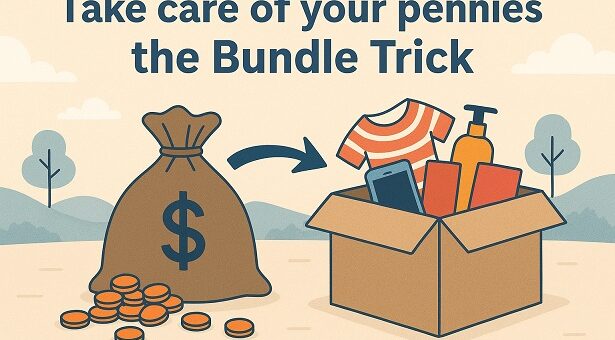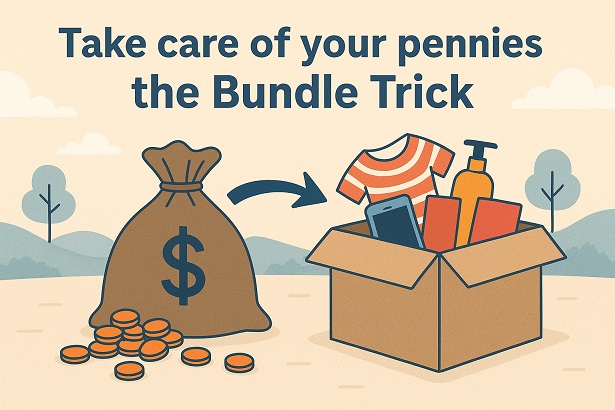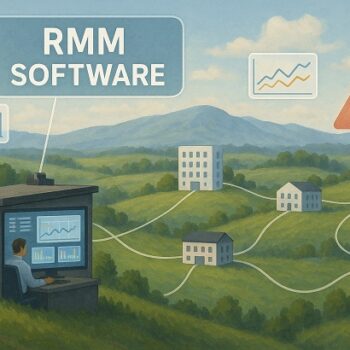
Take care of your pennies – the Bundle Trick
- On October 13, 2025
When you’re shopping, whether for groceries, gadgets, or software, you’ve probably noticed a tempting offer: “Buy 2, get 1 free,” or “Bundle and save!” While these deals seem like a great way to stretch your dollar, they can also be a trap designed to push you into spending more than you actually need. Welcome to the world of the “Bundle Trick.”

The Bundle Trap: What’s Really Going On?
At first glance, bundling might seem like a savvy way to get more for your money. After all, who doesn’t love the idea of adding a few extra items to their cart for a lower per-unit price? However, what many shoppers don’t realize is that sellers often bundle products in ways that encourage you to purchase additional items you don’t need or may not even want.
Take, for instance, a grocery store promoting a “Family Dinner Pack” with multiple ingredients. You might only need chicken and potatoes for a meal, but the pack also includes a bottle of sauce and dessert items you didn’t plan on buying. The bundled price looks like a bargain on paper, but when you break it down, you end up paying for items that aren’t part of your original shopping list.
The same trick is at play in the software industry. Many software vendors offer “premium” packages that include a suite of features, most of which you may never use. You’re encouraged to purchase the bundle because it “only costs a little more” than the base product. However, in reality, those extra features often add little value to your specific needs.
The Hidden Costs of Bundling
The real cost of bundling isn’t always in the price tag – it’s in the extras you never intended to buy. Here’s how it plays out:
- You Pay for Unnecessary Add-ons: In many cases, bundles include items or features that don’t enhance your experience or satisfy your needs. You’re effectively paying for things you’ll never use.
- Overbuying or Overpaying: While the bundle might seem cheaper than buying items separately, the total cost often exceeds what you’d pay for the few products you actually need. The trick lies in the fact that the bundled items are priced slightly higher than individual purchases, making it harder to resist.
- Psychological Pressure: Bundling plays on the concept of “loss aversion” – the idea that people are more motivated by avoiding loss than acquiring gain. Sellers know that many customers feel like they’re missing out if they don’t take the offer, so they end up buying more than they planned.
How to Avoid Falling for the Bundle Trick
- Know What You Need: Before shopping, make a list of what you’re actually looking for. If a bundle doesn’t meet your needs, don’t be tempted by the deal.
- Break Down the Costs: Calculate the price of each individual item in a bundle. Is it really cheaper? Often, it’s not.
- Resist the Urge to “Save”: While it’s tempting to think you’re getting a better deal, remember that sometimes the best way to save money is to avoid the extras.
- Look for A La Carte Options: If you’re in the market for software or other goods, check whether there’s a way to buy only the features or products you need, rather than settling for a bundled package.
Conclusion
The “Bundle Trick” is a clever marketing tactic designed to increase the average transaction value. By understanding the psychology behind bundling and how it can trick you into spending more, you can take control of your spending. The next time a bundle catches your eye, ask yourself: “Do I really need all of this, or am I just paying for things I don’t want?”. Remember to take care of your pennies and the pounds will take care of themselves.

